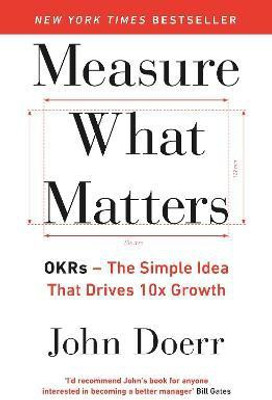
Electrical Parameters (English, Paperback, Source Wikipedia)
Price: Not Available
Currently Unavailable
Highlights
- Language: English
- Binding: Paperback
- Publisher: Books LLC, Wiki Series
- ISBN: 9781155180199, 1155180194
- Edition: 2010
- Pages: 48
Description
Please note that the content of this book primarily consists of articles available from Wikipedia or other free sources online. Pages: 46. Chapters: Shot noise, Total harmonic distortion, Return loss, Power factor, Bode plot, Phase distortion, Psophometric voltage, Bridging loss, Net gain, Longitudinal voltage, Disturbance voltage, Nyquist plot, Hybrid balance, Stray voltage, Nominal impedance, Q factor, Johnson-Nyquist noise, Nyquist stability criterion, Threshold voltage, Voltage drop, Equivalent series resistance, Phase margin, Breakdown voltage, Power rating, Input impedance, Inrush current, Idling current, Slew rate, Peak inverse voltage, Overdrive voltage, Diffusion capacitance, Leakage, Power gain, Nonlinear distortion, Voltage droop, Equivalent series inductance, Open-circuit voltage, Input offset voltage, Open-loop gain, Dropout voltage, Deterministic jitter. Excerpt: A Bode plot is a graph of the transfer function of a linear, time-invariant system versus frequency, plotted with a log-frequency axis, to show the system's frequency response. It is usually a combination of a Bode magnitude plot, expressing the magnitude of the frequency response gain, and a Bode phase plot, expressing the frequency response phase shift. Among his several important contributions to circuit theory and control theory, engineer Hendrik Wade Bode (1905-1982), while working at Bell Labs in the United States in the 1930s, devised a simple but accurate method for graphing gain and phase-shift plots. These bear his name, Bode gain plot and Bode phase plot (pronounced Boh-dee in English, Bow-duh in Dutch). The magnitude axis of the Bode plot is usually expressed as decibels of power, that is by the 20 log rule: 20 times the common (base 10) logarithm of the amplitude gain. With the magnitude gain being logarithmic, Bode plots make multiplication of magnitudes a simple matter of adding distances on the graph (in decibels), since A Bode phase plot is a graph of phase versus frequenc...
Read More
Specifications
Book Details
| Imprint |
|
| Publication Year |
|
| Table of Contents |
|
Dimensions
| Width |
|
| Height |
|
| Length |
|
| Weight |
|
Be the first to ask about this product
Safe and Secure Payments.Easy returns.100% Authentic products.
Back to top






